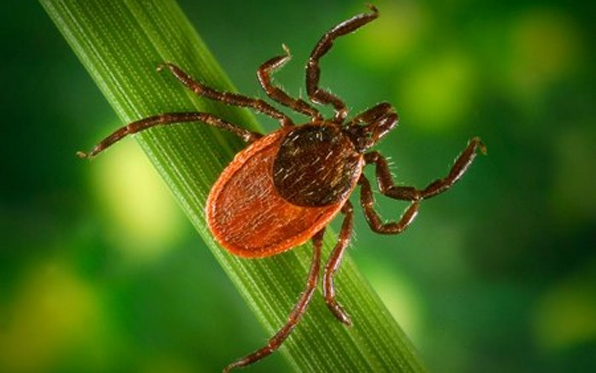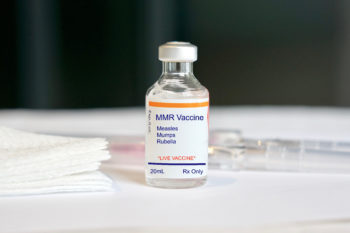Ticks might be tiny, but they sure can pack a punch when it comes to affecting your health.
The cooler, wetter weather means more ticks in San Diego County, and the Health and Human Services Agency (HHSA) wants you to be aware of the increased possibility of contracting a tick-borne disease.
“It’s important to know that there are several diseases carried by ticks,” said Wilma Wooten, M.D., County Public Health Officer. “People who work or play in grassy or brushy areas need to take special care to avoid exposure to ticks.”
Nineteen San Diego County residents were reported to HHSA with confirmed or probable tick-borne illnesses in 2012. This included fourteen cases of Lyme disease, two cases of Rocky Mountain spotted fever, two cases of other rickettsial diseases (which include spotted and typhus fever), and one case of ehrlichiosis, a bacterial disease affecting people and animals. Ticks can also carry tularemia and cause tick paralysis.
Ticks can be found year-round in San Diego County, but they greatly increase in numbers between November and May. Over the past two years, the San Diego County Department of Environmental Health (DEH) found spotted fever group Rickettsia, potentially disease-causing bacteria, in 10-20 percent of tick batches collected in the county.
Lyme disease is the most commonly reported tick-borne illness in the United States. It usually starts with a circular red rash at the site of a tick bite. Other symptoms include fatigue, chills, fever, headache, and muscle and joint aches, and swollen lymph nodes. If not treated, the disease can spread to other parts of the body, causing Bell’s palsy (loss of muscle tone on either side of the face), severe headaches, and neck stiffness due to meningitis, as well as joint pain that lasts for months or years.
A tick-borne disease caused by bacteria called Rickettsia philipii (also known as Rickettsia 364D) may be a newer threat in San Diego County. First reported in Northern California in 2008, the illness can be carried by the Pacific Coast tick. DEH found evidence of Rickettsia philipii in tick batches it tested from diverse areas in the county, including Sorrento Valley, Escondido, and the Cuyamaca Mountains.
A bite from a tick carrying Rickettsia philipii can cause an area of dead skin that looks like a black scab, along with fever, headache and fatigue. Although this illness has never been reported in San Diego County, people in other parts of California have become sick enough to require hospitalization.
Tips to avoid ticks include:
- Stay on marked paths, choose wide trails and walk in the center. Avoid grassy or brushy areas.
- Wear light-colored long-sleeved clothing, tuck shirts into pants, and pants into socks or boots.
- Check clothing, body and companions for ticks frequently. Remove ticks immediately.
- Apply insect repellent to clothing and footwear.
- Keep pets on a leash. Treat pets with appropriate sprays, collars or spot applications labeled for tick control.
For more information on preventing ticks and removing one should it become attached, visit DEH’s tick information web page. For more information on the symptoms of tick-borne diseases, visit the Centers for Disease Control and Prevention website.





